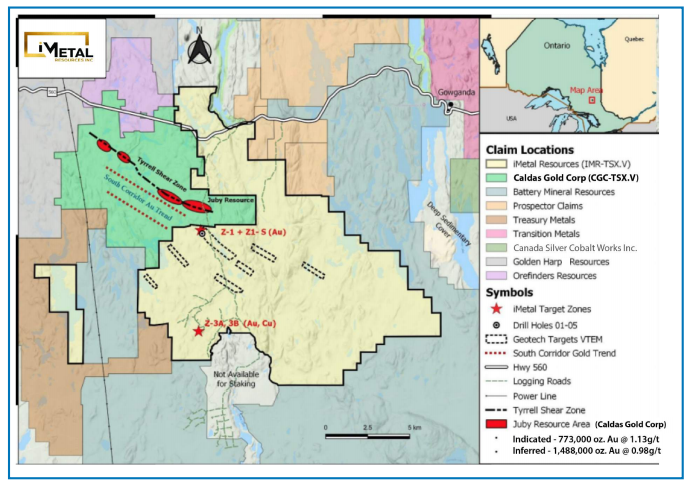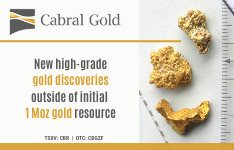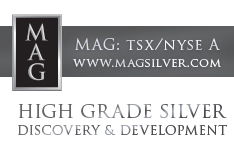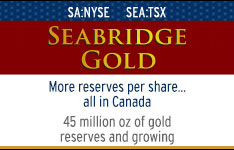Why "Hedging" Isn't a Dirty Word for Precious Metals
Source: Investment U, Tony D'Altorio (2/22/11)
"A return to some hedging might just be a natural cycle shift."
For years, hedging was a dirty word among gold and silver miners.
It meant they had to sell much of their future gold or silver production at low, fixed prices when prices were in the doldrums. And it led to losing fabulous opportunities at a fortune as gold and silver prices rose sharply.
Naturally, stockholders didn't take well to that news. They pressured the companies to spend billions over the last several years to buy back those hedges. Some industry insiders thought hedging was gone for good.
Yet in the past two months, at least five mining firms have executed silver hedges to protect against a drop in value, either by selling future production or buying options against falling prices.
Deutsche Bank estimates the amount of silver hedged in the past two months exceeds 100 million ounces, several times the size of total outstanding hedges (20 million ounces) in late 2010 and equivalent to 15% of annual production.
This could be a sign of a larger scale trend and a bearish future for precious metal prices. It could directly increase selling pressure, indicating a lack of insider confidence in the sustainability of current prices.
To no surprise, investment banks have led the hedging charge. They argue that a more positive economic outlook and rising interest rates will dampen precious metal demand. But they forget that the Federal Reserve's plentiful printing is fostering inflation.
From a larger perspective, a return to some hedging might just be a natural cycle shift. The number of outstanding gold and silver hedges—called the global hedge book—has declined for years as mining companies buy back unprofitable ones.
That activity, known as "de-hedging," has helped drive precious metals' performance over the past decade. In effect, the buybacks have added to demand for gold and silver.
It meant they had to sell much of their future gold or silver production at low, fixed prices when prices were in the doldrums. And it led to losing fabulous opportunities at a fortune as gold and silver prices rose sharply.
Naturally, stockholders didn't take well to that news. They pressured the companies to spend billions over the last several years to buy back those hedges. Some industry insiders thought hedging was gone for good.
Yet in the past two months, at least five mining firms have executed silver hedges to protect against a drop in value, either by selling future production or buying options against falling prices.
Deutsche Bank estimates the amount of silver hedged in the past two months exceeds 100 million ounces, several times the size of total outstanding hedges (20 million ounces) in late 2010 and equivalent to 15% of annual production.
This could be a sign of a larger scale trend and a bearish future for precious metal prices. It could directly increase selling pressure, indicating a lack of insider confidence in the sustainability of current prices.
To no surprise, investment banks have led the hedging charge. They argue that a more positive economic outlook and rising interest rates will dampen precious metal demand. But they forget that the Federal Reserve's plentiful printing is fostering inflation.
From a larger perspective, a return to some hedging might just be a natural cycle shift. The number of outstanding gold and silver hedges—called the global hedge book—has declined for years as mining companies buy back unprofitable ones.
That activity, known as "de-hedging," has helped drive precious metals' performance over the past decade. In effect, the buybacks have added to demand for gold and silver.


























































